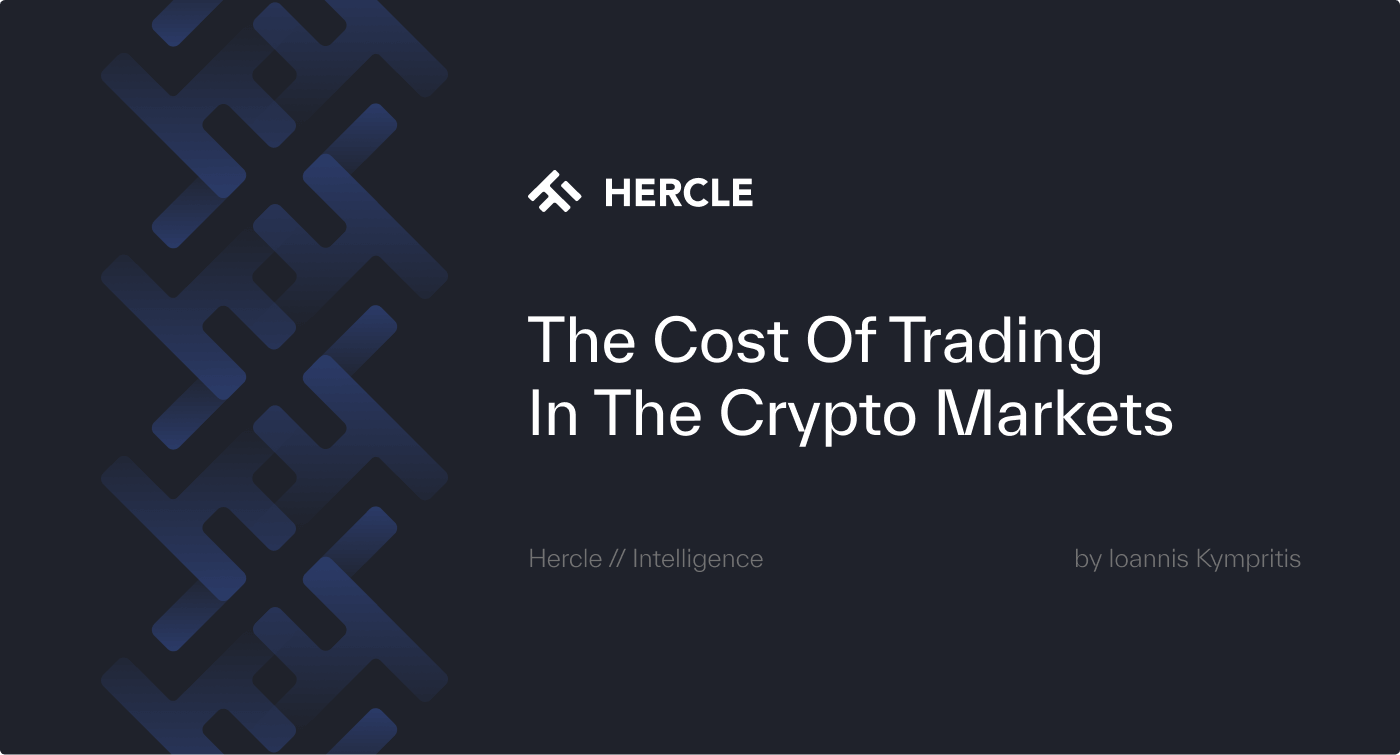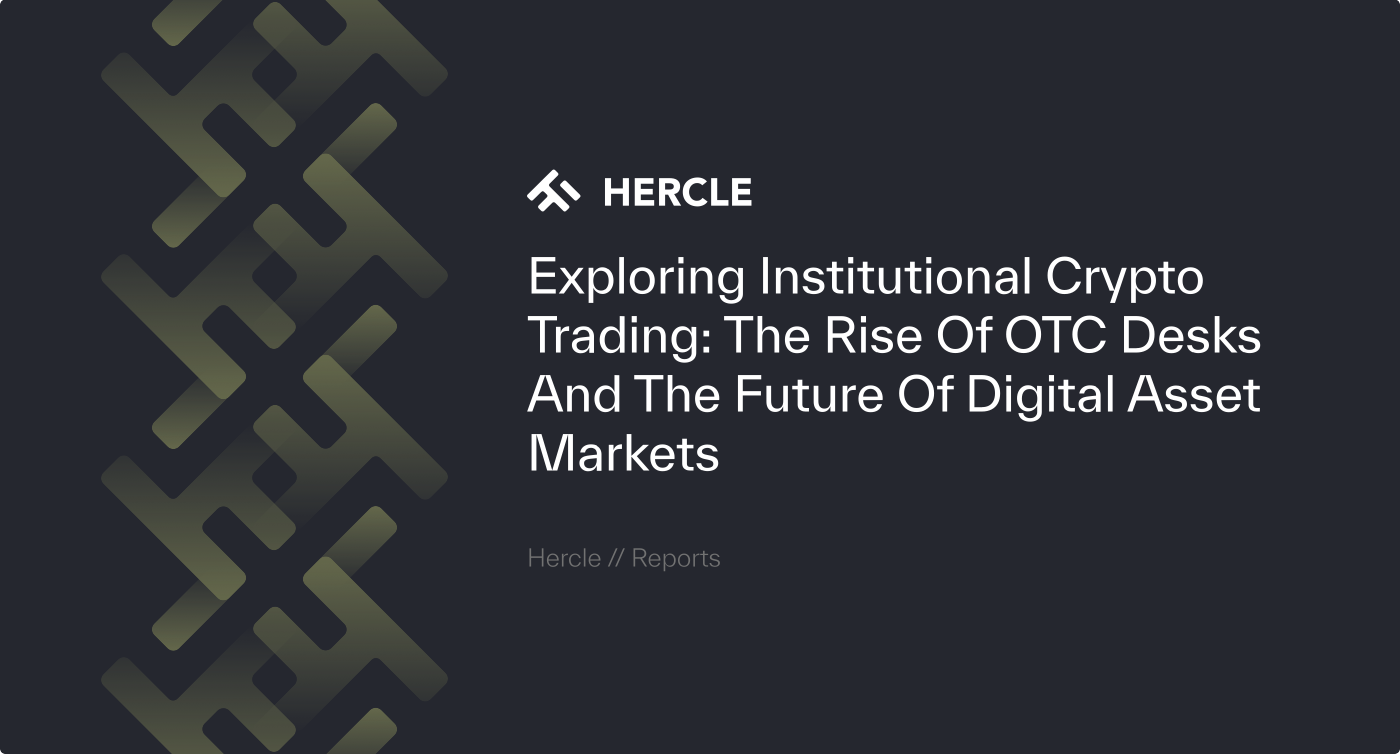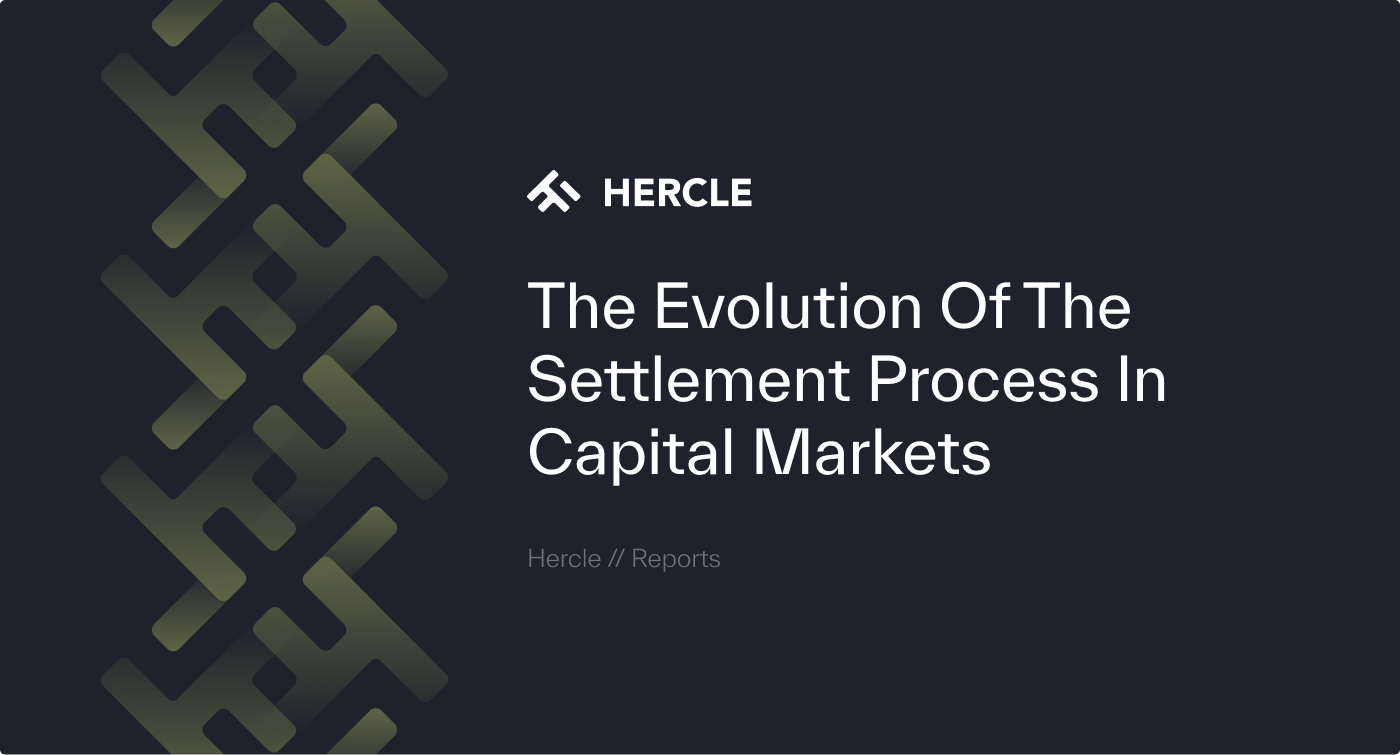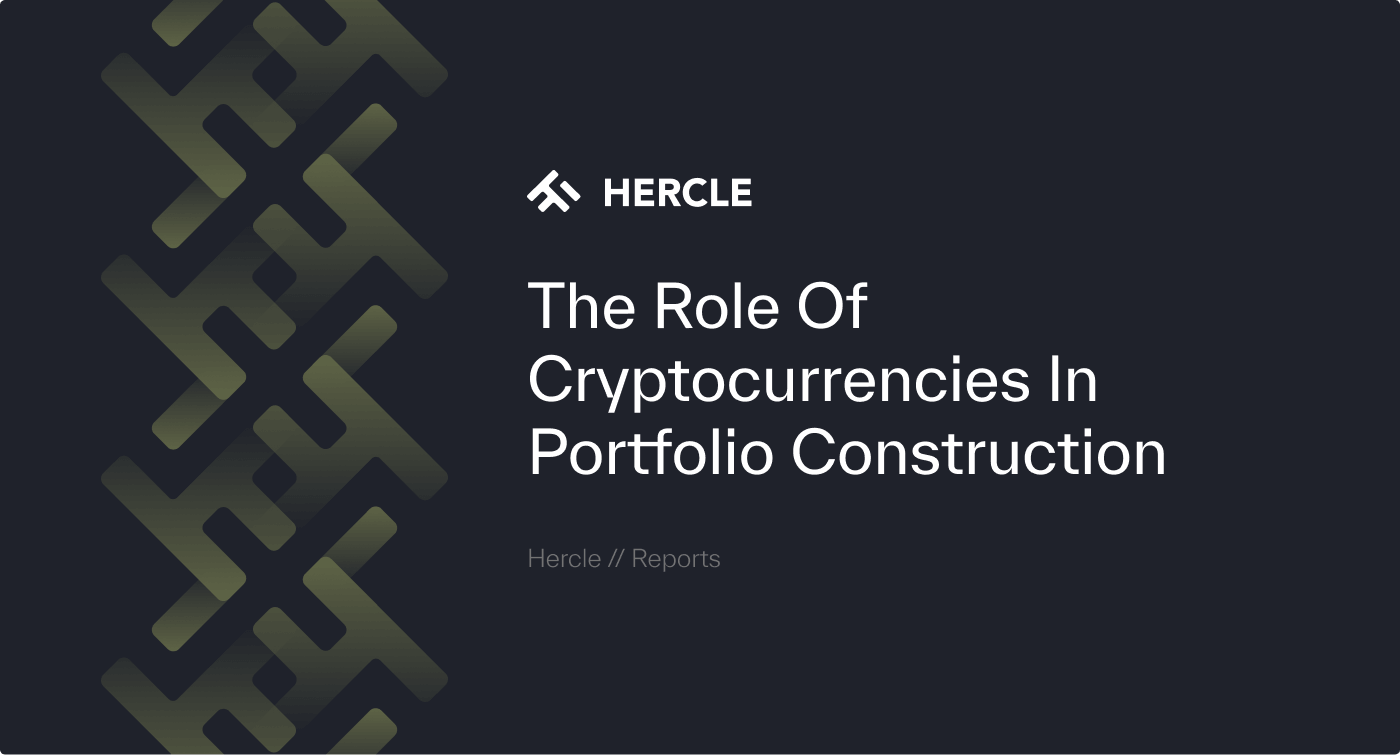Professional investors use certain models to assess the total of costs to be incurred in various scenarios. However, to create such models accurately, one must be in a position to understand all potential costs related to a given transaction prior, and so in this article we will review what all these different costs are, why they are incurred, and how to mitigate them, specifically, in electronic trading systems.
Transaction Costs
Trading/transaction costs are all the costs incurred by an investor who is transacting on a certain market. In a sense, these costs represent the labor applied to bring a certain good or service to the market. To be more specific, in the financial markets, the broker commission can be considered the cost paid for the service of intermediation of the execution of a certain financial instrument, and the spread similarly is the cost paid for the service of market making to high frequency traders. Both of these types of transaction costs can be clustered into two main sets, those being implicit costs and explicit costs. Since transaction costs end up affecting the total return an investor gets from a specific investment/trade, it is key to be in a position to understand the magnitude of costs associated with a specific investment in order to determine its expected value return. Although explicit costs are relatively easy to price in, implicit costs do not come with a receipt and can vary greatly.
Explicit Costs
Explicit costs are a subset of transaction costs that are simple to quantify as they can be measured directly. They are hence considered the direct costs of trading. These include:
Broker Commissions:
Exchange fees, settlement fees, and clearing fees are aggregated together by a certain intermediary/broker through which the trade is being executed, and are incurred by the client in addition to a certain premium that the broker may charge for his intermediation service.
Taxes & Levies:
Taxes and levies are fees that are charged by regulatory bodies. An example of this is a stamp duty, which is a tax levied on the purchase of an investment contract, which includes the purchase of a marketable security, a derivative contract of a share, the incursion of a gift of shares, etc. In Italy for example, a stamp tax is applicable at a 0,20% rate in case of transfers of shares of joint stock companies (“società per azioni”) even if executed outside financial markets.
Implicit Costs
Implicit costs are the other subset of transaction costs that are a lot harder to quantify, as they are indirect, and he who incurs them does not get a receipt, but still has to pay them. They are measured as the difference between the transacted price and the benchmark price, where a degree of difficulty arises in defining what the benchmark price actually is, as there is no given industry standard to follow. Most implicit costs can be categorised under the term slippage.
Slippage:
Slippage refers to the difference between the expected price of a trade and the price at which the trade is executed. It is most prevalent when a trader uses a market order to execute his trade, but it is in a period of relatively high volatility, so the delay between him sending his trade through a broker and the trade actually executing on the market results in a higher (or lower) price, or simply the order itself is relatively large and there is not enough liquidity in the books of the specific asset’s market at a tight depth to maintain the current bid/ask spread. Slippage therefore takes into account the indirect costs of delay, bid-ask spread, and market impact.
Blockchain Specific Fees
In the digital currency space, there are two main areas in which one may find himself transacting in. On the one hand, an agent may be trading in a Centralised Exchange (CEX), meaning they deposit the assets to the custody of the exchange in order to credit their account, and trade usually in Central Limit Order Book (CLOB) structures, where transactions are accounted for and settled in the internal database/ledger of the exchange. Although there are differences in the way the post-trade operations are handled and the agents involved, CEXes are similar to traditional electronic markets in the way the trade execution infrastructure is structured, and also in the explicit and implicit costs faced by traders. The explicit costs faced are trading fees charged by the exchange, that fall into two categories: Taker Fees – taker fees are incurred by those who ‘take liquidity’ from the market with market orders. Maker Fees – maker fees are incurred by those who ‘add liquidity’ to the market with limit orders. To incentivise the deployment of liquidity along the order book, maker fees are usually lower than taker fees. Additionally, when it comes to derivatives trading and leveraged trading with borrowed capital, there are other explicit costs that arise such as liquidation fees, interest paid for borrowing, funding rates for perpetual futures, and more. When it comes to implicit costs, they tend to add up to a lot higher sums than those of traditional electronic markets for e.g. equities, as Centralised Exchanges do not have sufficient liquidity and order book depth yet on most digital assets that they permit, in addition to their infrastructures being latent. This means that the slippage faced by traders is substantial, where in some cases it can be above 10%, and in turn, this disincentivizes large institutions and sophisticated investors to deploy capital. This is where market makers come in, working hand in hand with exchanges and token issuers to inject liquidity in the markets, while deepening the orderbook and maintaining tight spreads, making the trading ecosystem more efficient. On the other hand, a trader may be transacting directly on a given blockchain, where they have custody of their assets by holding their private keys to the address used, and can interact with smart contracts such as those of Decentralised Exchanges (DEXes) to trade between digital assets, where in turn, the transactions are settled on the given blockchain. Since in this scenario, all transactions are recorded/settled permanently on the asset’s corresponding blockchain, miners or validators are required in order to confirm and secure transactions. In order to be incentivised to do so, miners/validators require to be rewarded with a fee, as the process of validating such transactions requires highly specialised computer hardware and energy consumption (proof-of-work), or a stake of a given amount of capital (proof-of-stake). This miner fee is therefore one of the explicit costs that agents transacting on a blockchain face, and it can fluctuate based on network traffic, and how many transactions are waiting to be added on each block. As miners can prioritise transactions, users who are eager on completing their transaction quickly can even increase the miner fee paid, in order to increase the likelihood of being added in the next complete block. Other explicit costs include: AMM DEX fees – the transaction fees charged by AMM protocols in order to reward developers and liquidity providers. These can also vary based on the specific pool within the protocol, as well as network utilisation. Issuer fees in liquidity pools – pre-set fees that are implemented by the specific token issuer on their tokens liquidity pool. When it comes to implicit costs, similarly to CEXes and traditional electronic markets, traders will face slippage varying as a result of the given liquidity in the DEX pool, and also the trade size they want to make.
Implementation Shortfall
The implementation shortfall approach is a method used by sophisticated investors to capture the implicit costs resulting from a market order. At a higher level, it involves taking the difference between the prevailing price and the final execution price when a trade decision is made concerning an electronically traded asset. At a more specific level, it involves breaking down this difference into the subcomponents of delay cost, change in midpoint cost, effective spread cost, and even the opportunity cost of the trade as a result of a loss from a non-executed part of the order.
The sum of these costs yielding the total implicit costs faced, added to the total explicit costs faced (being trade commissions by brokers and exchanges, taxes and levies, and miner fees for blockchain based transactions), yields the total trading cost faced by a trader for a given order. In order to maximise the potential profit of a given trade, investors will look to face the lowest explicit cost, and also minimise the implementation shortfall as much as possible, where through the breakdown of its components they can understand what is influencing it and look to decrease it.
Transaction Cost Mitigation
- Find the venue that has the lowest trading commission:
Different fees are charged across exchanges and brokerages, so it is important that traders research the specific fee structures offered by different venues and go with the one that is preferred. OTC brokerages such as HercleX offer Request For Quotation (RFQ), where traders receive real-time quotes for the order size they want to make, and so do not have to worry about any additional explicit or implicit costs to be faced. - Use of limit orders (LOs) instead of market orders (MOs):
When traders position orders with limit orders, the explicit cost of exchange commissions are usually lower, and also implicit costs (other than opportunity cost) are removed, as the LOs only fill at the price requested. The opportunity cost however remains as LOs at given price levels are not guaranteed to be filled, and so it may result in missing a lucrative opportunity. - Decrease latency, and increase precision:
It is important to have strong connectivity to the exchange on which trades are to be executed, in order to decrease the delay cost, while also being able to assess the best time to execute a given order size with minimal implicit costs. Hercle offers tailored high-frequency algorithmic trading systems functioning with minimal latency, while also implementing smart logic on automated decisions and executions based on the preferred parameters requested. - Leverage advanced order types:
Through leveraging order types such as Smart Order Routing (SOR) – an automated order handling process that takes the best available price opportunity throughout a range of different venues – traders can execute big order sizes to the exchange with the best price considering the effective spread, or even break down the order across multiple exchanges, ensuring that the trade will face minimal slippage and get executed at the best price in that specific time. HercleXpro offers SOR and other advanced order types with 38+ exchanges integrated to its backend. - Choose transaction time wisely:
For blockchain specific transactions, it is important to avoid peak usage times for blockchain networks, as well as DEXes, in order to not face transaction fees when they are highest. - Choose to trade in liquid markets:
Both for DEXes and CEXes, it is important to select liquid markets/liquidity pools to trade within, as the more liquid a market is, the less slippage a trader will face on average. Hercle both works as a market maker, facilitating deep liquidity in the digital asset markets and maintaining a more efficient trading ecosystem, but also, through its prime brokerage solution, leverages its liquidity to support large size trading for its clients.



